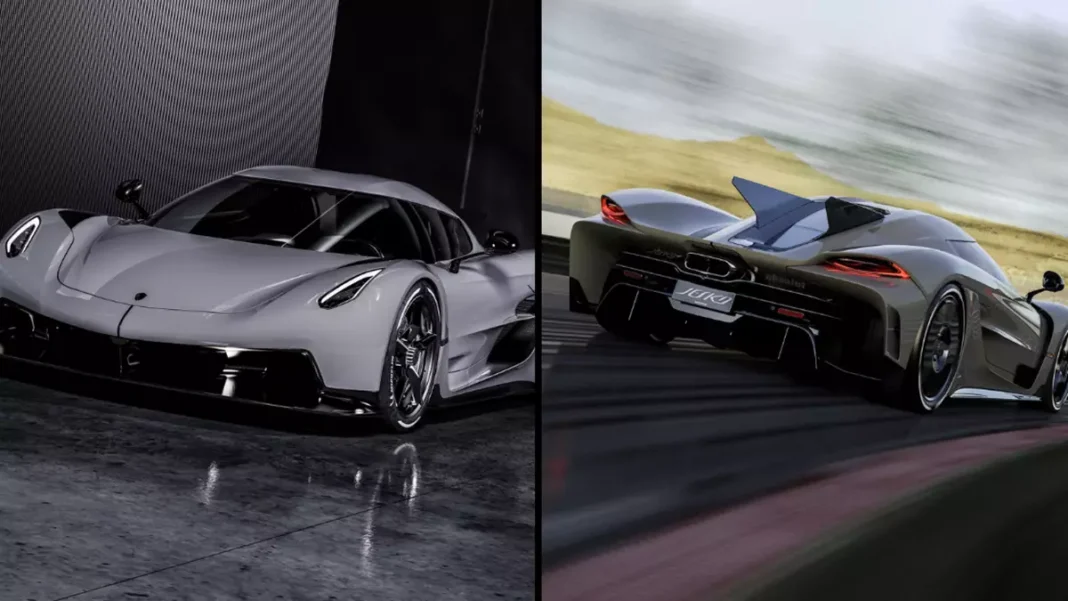Driving really, really fast is a thrill that countless motorists strive for. And that top speed might just have been upped thanks to the fastest car in the world.
If you know anything about cars, you will be incredibly unsurprised to hear that the team behind the fresh ambitions is the trendsetting Koenigsegg team.
Founded by Christian von Koenigsegg back in 1994, the Swedish company has been responsible for some of the world’s fastest supercars that, over the years, you’ve probably seen being test driven by the likes of Jeremy Clarkson on Top Gear.
Their aim is to combine beautiful looking vehicles with top speeds, while also investing in green technology.
And now, their top speeds look like they could be beaten really soon.
That’s according to some of the latest speed simulations of the Koenigsegg Jesko Absolut and what its top speed could be.
At a cost of $3 million (£2.34 million) for every car Koenigsegg Jesko Absolut produced, the company openly says it doesn’t know just how fast the vehicle can get, saying ‘time will tell… [but] it will be unbelievably fast’.

The Koenigsegg Jesko Absolut in action. (Martyn Lucy/Getty Images)
Speaking to the Top Gear magazine podcast, Von Koenigsegg said his team in the Swedish town of Ängelholm are raring to go when it comes to putting their computer models to a real life test.
One thing is for certain, though, in that the team is going to need a very long stretch of road to try and make the top speed a reality.
Predictions state that the Jesko Absolut could easily go beyond 500kmh, which is 311mph. This is faster than the fastest electrical vehicle on the planet, with the Aspark Owl clocking 272.61mph in early July.
“We have the airfield here. We have our supercomputer simulators,” Von Koenigsegg said.
“We’ve been to a German wind tunnel with the Jesko Attack and Absolut, so we know exactly how the aero works on the car.

A stunning piece of engineering. (Martyn Lucy/Getty Images)
“We punched those numbers into the very advanced system of the chassis dyno.
“And it calculates the rolling resistance of the tyre, the drag of the car, it puts correct load on the car at 500kmh if we reach there… and we managed to pass 500kmh in ninth gear before hitting the rev limiter and still having some space in the chassis dyno.
“It doesn’t tell you how stable the car is, but the resistance is there.”
On top of needing a road long enough, whether a speed of more than 500kmh can be reached will come down to the tyres and if they can hold up to the intense pressure and heat placed upon them.

Each car costs $3 million. (Koenigsegg)
The likely situation will be a public road that is closed off to the general public so there is little to zero risk of any bystanders being hurt should it go wrong.
Von Koenigsegg said: “We have not been able to find something that feels comfortably long enough that’s not a road. Two reasons. We prefer not to floor it from standstill, because that would build in a lot of stress and heat.
“And then when you hit your maximum top speed, preferably you don’t want to slam your brakes because you’re close to the end of your runway or something, you want to lift off, ease down a little bit.”







